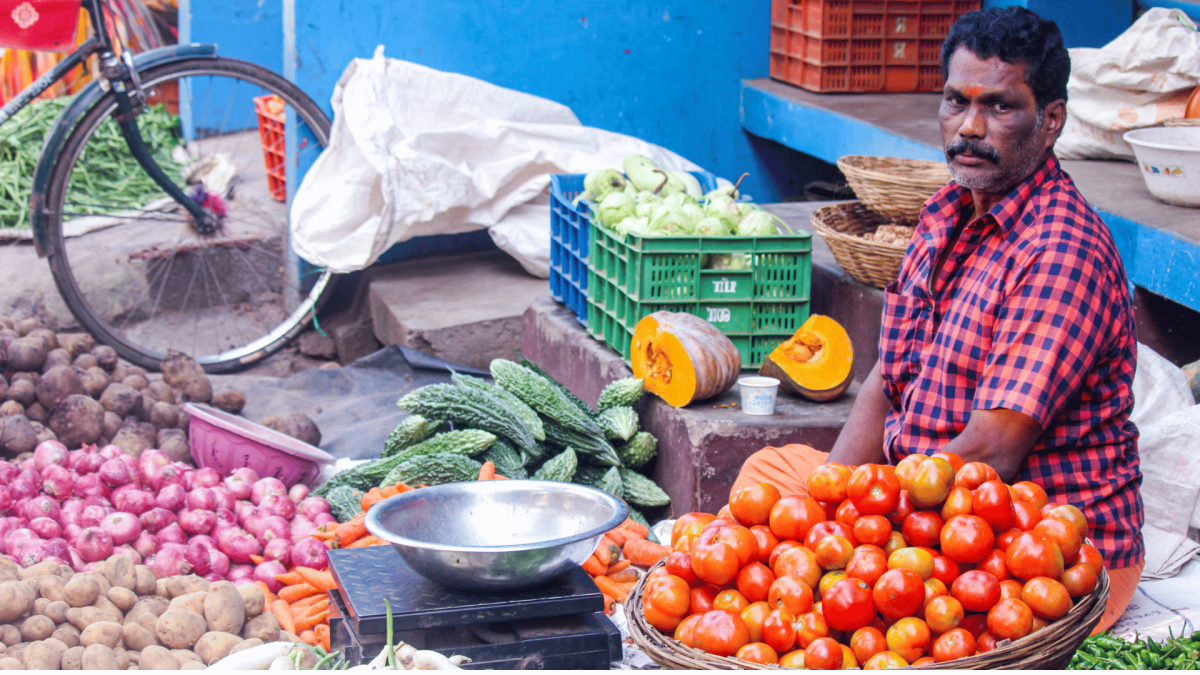Humanity’s appetite is costing the planet. Globally, the way we produce, transport, distribute, consume and waste food accounts for approximately one-third of annual greenhouse gas emissions, the majority of deforestation and biodiversity loss and 70 per cent of freshwater withdrawals.
With the need to reduce agricultural emissions by 30 per cent in the next six years to keep global warming within safe limits, transforming food systems from carbon source to carbon sink is critical. Recent analysis from the Food and Land Use Coalition highlights that agrifood companies have a pivotal role to play and could mitigate nearly half of global food systems emissions by 2030 by adopting ambitious strategies to implement climate and nature solutions in their supply chains.
Several voluntary frameworks have been developed recently to help private companies integrate environmental considerations into their business strategies and plans. Some of the leading voluntary frameworks focusing on climate mitigation for the food and agriculture sector are (i) the Task Force on Climate-related Financial Disclosures (TCFD); (ii) the Science Based Targets Initiatives’ (SBTi) Forest, Land, and Agriculture (FLAG) Sector Guidance, published in 2022; and (iii) the Greenhouse Gas (GHG) Protocol draft ‘Land Sector and Removals Guidance’, first published in 2022 and due for completion in 2024.
Recognising the private sector’s role in the climate puzzle, governments are increasingly using these frameworks as the basis of new sustainability legislation. Recent regulation such as the EU’s Directive on Corporate Sustainability Due Diligence (CSDD) is pushing companies to identify and disclose their emissions sources and engage more directly with farmers to improve the traceability of commodities in their supply chains.
The impact of advancing supply chain transparency on India’s Agricultural Landscape
The global increase in mandatory climate and nature frameworks demanding greater levels of supply chain transparency, reporting and disclosure will no doubt have an impact on India’s agricultural landscape. For decades now, India’s forests have not suffered at the hands of agricultural expansion; on the contrary, agricultural areas are shrinking and forest cover is increasing. This would suggest that India is well-placed to export commodities to sustainable markets that have clear requirements on issues such as deforestation.
However, to harness this opportunity, business firms that are exporting Indian agricultural commodities will have to invest in strengthening the supply chain of their products and scaling sustainable and inclusive production. Such a shift in their business strategies will be rewarding for their bottom line and, as such, should be part of their normal business expansion plans. Through this, India can meet the international demand for sustainably produced commodities while also supporting the country’s ambition to hit agriculture commodity export to $100 billion by 2030.
As it stands, India’s relationship with the international agricultural commodities market is constrained by a number of factors, including national trade policy. Despite increasing overall, growth in Indian agri-commodity exports slowed over the last two years. A primary reason for this is the government’s export regulation policy that aims to keep domestic inflation as low as possible.
Without concerted planning, this downward trend will likely continue when the demand for Indian commodities increases in EU, UK and US markets. This will limit business opportunities for Indian agri-commodity exporters and result in a missed opportunity for farmers to shift to more resource-efficient and sustainable agriculture while gaining from increasing international market demands. Denying farmers such opportunities will likely lead to unrest and raise demands for a higher increase in agricultural incentives.
Opportunities for actors in the value chain
By collaborating and fostering relationships across the value chain, there is a unique opportunity for businesses, farmers and policymakers to position India at the forefront of a sustainable agricultural transformation. Investment from the private sector can contribute to the Indian government’s long-standing ambition to “double farmers’ income”, in part through increased exports.
However, strategic and visionary planning is required to capitalise on this situation and avoid unrest, unlocking a win-win scenario for the economy, farmers, general public and private sector. Diversifying agriculture, increasing productivity, adopting geo-spatial technology-assisted planning for ensuring critical masses of production of selected commodities to feed to the international supply chains and strengthening relationships between FPOs and the private sector are some of the many ways to address the situation.
What is most important is a clear long-term plan with a vision that is developed jointly by farmers, the private sector and national and sub-national governments. Without such a concerted exercise, the Indian agri-commodity market will be looking at a critical missed opportunity.
This piece was initially published on FOLU and has been revised to suit Farming First’s editorial guidelines.



